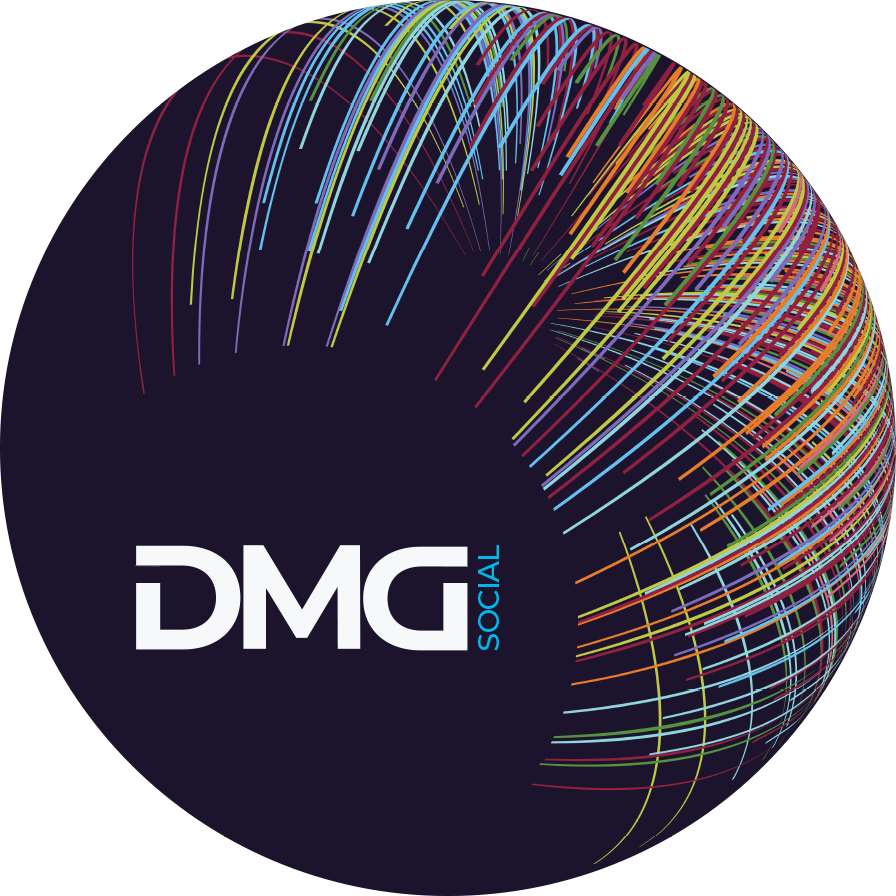Key Marketing Initiatives
LinkedIn Marketing Solutions Blog Marketing Solutions BlogBig Numbers: 7 Stats That Define Key Marketing Trends in the Second Half of 2016 [B2B Beat]
Sean Callahan July 24, 2016
inShare
200
Marketers have never had so many choices. Every day, CMOs have the option to invest in emerging technologies, purchase new kinds of social media advertising, and experiment with an expanding array of mobile marketing programs. The following seven statistics, which the B2B Beat has curated, provide strong indicators where marketing spending is headed in the second half of 2016 — and beyond.
Read on to see why the numbers show that marketers should be paying close attention to the opportunities available in native advertising, mobile marketing, sales-enablement technology, programmatic ad buying, and more.
68.6% of B2B Marketers Are Boosting Their Spending on Sales Enablement Technologies by 6% or More
A recent survey by Highspot and Heinz Marketing found that 100 percent of B2B marketing and sales professionals said that their companies were boosting sales enablement investment they year compared with 2015. And the sales enablement budgets were growing significantly: 68.6 percent of those surveyed said their company budget for sales enablement was growing 6 percent of more in 2016 compared with the previous year. The bottom line for marketers is this: The tendency of marketing and sales to squabble is drawing to an end. Increasingly, marketers are seeing a crucial part of their role to support sales and drive revenue, and the numbers from this survey underscore the widespread nature of this trend.
$4.4 Billion: The Amount of Programmatic TV Ad Spending Projected for 2018
Programmatic buying of advertising of all sorts and is growing ubiquitous. It has long dominated online ad buying, and now it is moving to television. By 2018, programmatic TV ad spending will reach $4.4 billion in the United States and account for 6 percent of total TV advertising. Online, programmatic ad buying options continue to expand. For instance, LinkedIn recently introduced programmatic buying for its LinkedIn Display Ads. Marketers see LinkedIn’s quality audience as a key advantage of using programmatic buying on the platform.
88% of B2B Marketers Use Content Marketing
Echoing the words of Seth Godin, who said, “Content marketing is the only marketing left,” 88 percent of B2B marketers use content marketing, according to the Content Marketing Institute. Marketers are seeing content, such as blogs and ebooks, as essential tools for communicating with prospects and customers. Content offers are also the fuel for marketers to drive engagement via ads. Social media platforms offer both organic and paid avenues for content marketers. LinkedIn Company Pages, for instance, provide marketers an organic platform for sharing content, while LinkedIn Sponsored Content offers marketers a paid option for expanding the reach of their message.
More Than 90% of B2B Marketers See ABM As Important
A SiriusDecisions study found that more than 90 percent of B2B marketers described account-based marketing is either “important” or “very important.” While generating leads remains critically important for marketers, an ABM approach provides a crucial balance for identifying key prospects and targeting them with focused marketing programs. A variety of companies have recently introduced technologies to help marketers boost the effectiveness of their ABM efforts. In March, for instance, LinkedIn introduced Account Targeting, which helps marketers tailor their LinkedIn Sponsored Content and LinkedIn Sponsored InMail to reach a specific set of priority prospect accounts.
Spending on Mobile Video Advertising Will Increase 47% in 2016
A forecast from eMarketer projects that spending on mobile video advertising will increase by 47 percent this year. By 2020, mobile video advertising will account for almost half (46 percent) of the total spending on digital video advertising — with desktop accounting for 54 percent. Video is on a path to become ubiquitous as a marketing tool. According to Animoto’s Social Video Forecast, 84 percent of marketers used video for their marketing in the past 12 months, and 63 percent of marketers and owners of small and medium-sized businesses plan to invest more in video next year.
Marketing Campaigns Using Emojis Increased 609% Over the Past 12 Months
A recent study by Appboy found that marketers using emojis in their campaigns increased by 609 percent between the third quarter of 2015 and the second quarter of 2016. In June of this year, marketers produced 800 million marketing campaigns using emojis, which was 5.5 times more than the number produced in June of 2015. Emojis, however, are almost beside the point. The message should takeaway from this numbers is that it’s perfectly acceptable to be playful and human in your marketing. For this blog, we try to produce light-hearted “chocolate cake” posts like this one on B2B marketers.
Native Advertising Spending in Europe Will Increase 28.8% in 2016
In part to combat dissatisfaction with banners and the related questions about audience, viewability, and ad blocking, marketers around the globe are boosting their spending on native advertising. According to Enders Analysis, marketers in Europe will increase their spending on native advertising by almost 30% in 2016. By 2020, spending on native advertising in Europe is projected to skyrocket!


